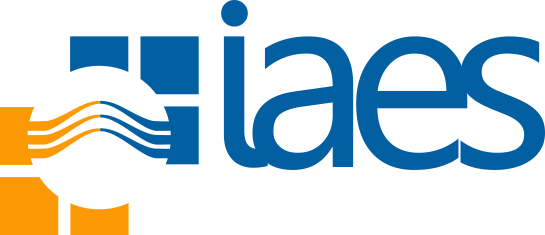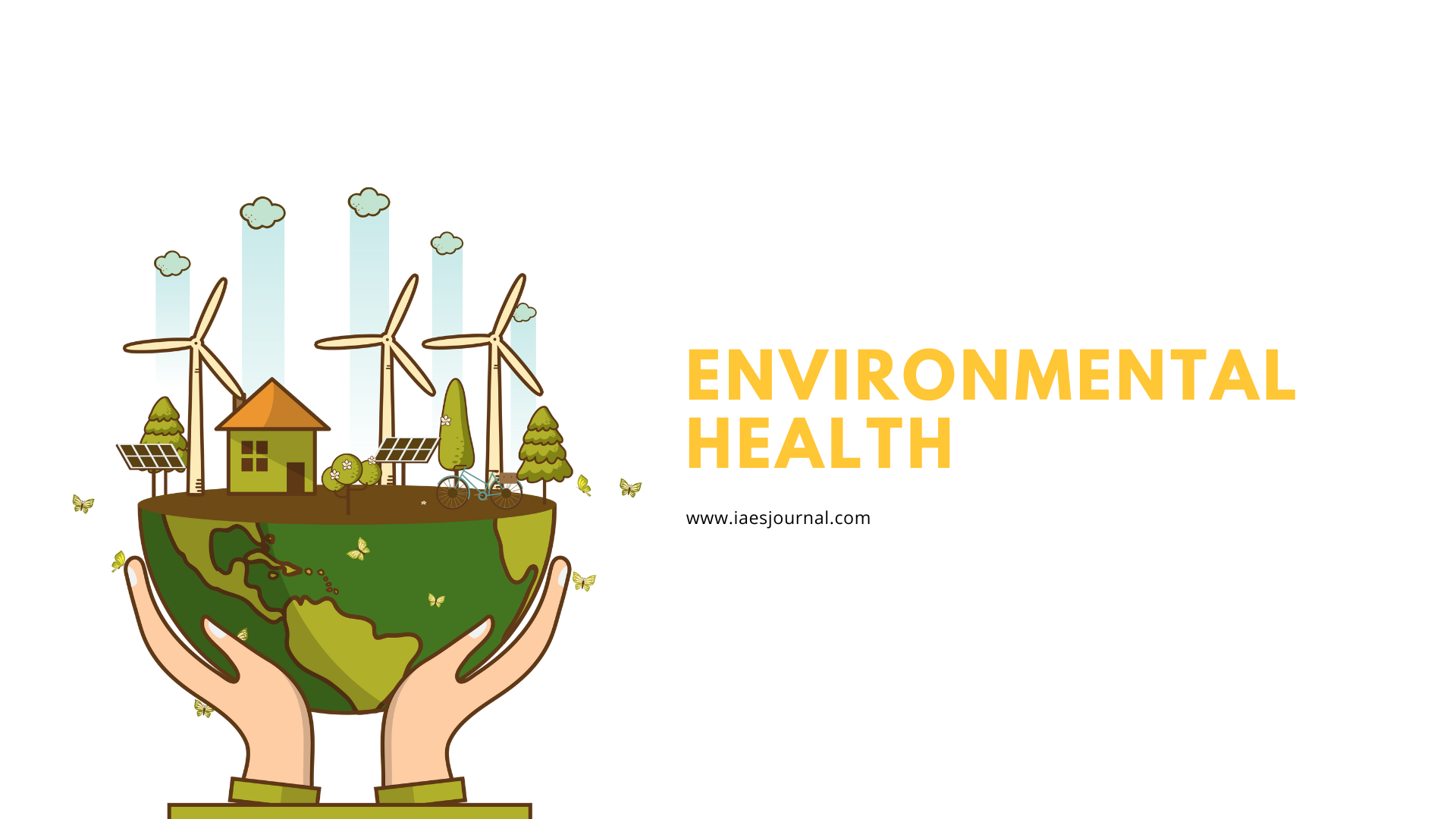Greetings, fellow Newsletters! May you always be in good health.
This is IAES Nawala from the Institute of Advanced Engineering and Science. Today we are sharing news about the need for environmental health awareness. The impact of a comfortable and ergonomic work environment on organizational competitiveness is a significant factor in performance and productivity. Makhbul et al. (2022) conducted a study involving 295 officers found that noise, lighting, workstation design, working hours, and chairs were important factors in an ergonomic workplace environment, with noise being the most important factor. Ventilation also remained a significant factor, albeit with a lower coefficient value. Organizations should consider employees’ perceptions of the workplace environment to ensure excellent performance and maintain competitiveness and productivity in the face of environmental changes.
The lack of comfort due to workplace environment impact could trim down job performance and organizational productivity. Literature reviews indicate that ergonomic workplace environment that is strongly associated with the job performance. Employees’ perceptions to be examined by the organizations to ensure the excellent job performance. Thus, 295 officers were selected using proportionate stratified random sampling with two-section questionnaire. The data were analyzed using statistical package for the social sciences (SPSS) and analysis of a moment structure (AMOS) software. The research findings show that acoustic is the most crucial factor (0.928) followed by lighting (0.898), workstation design (0.846), working hours (0.670), and chair (0.563). Ventilation is still significant to the whole environment although scored the lowest coefficient value (0.385). These findings provide valuable information to organizations in their attempts to sustain the human resources so that they are always competitive and productive in facing the challenges of the environmental change.
Ergonomics workstation environment toward organisational competitiveness
Zafir Khan Mohamed Makhbul, Md Shafiin Shukor, Ariff Azly Muhamed
During the COVID-19 pandemic, the use of masks has become widespread, leading to an increase in disposable mask waste. Sari et al. (2022) conducted a study at Jakarta City station aiming to plan the most appropriate type of infectious waste container for disposable masks. The study showed that storage with the addition of ultraviolet lamp technology can improve virus removal efficiency compared to no further processing. The study estimated that the most suitable container volume is 50 liters per station, with collection conducted every 24 hours. This planning is expected to reduce the environmental impact of mask waste and reduce the burden on public places such as stations.
During the COVID-19 pandemic, the use of masks is an obligation for everyone to maintain the transmission of the virus to fellow humans. Public places such as stations are one of the locations that may produce single-use masks as personal protective equipment waste. This study aimed to plan the most appropriate type of infectious waste container for disposable masks. Storage with the addition of ultraviolet lamp technology is one way to increase virus removal efficiency compared with no further processing. In this study, it was estimated that the most appropriate container volume is with a capacity of 50 L per station. The collection must be done every 24 hours; the estimated cost for one container can reach IDR 1,988,900. This planning can reduce the amount of mask waste used for the environment and reduce the burden applied to these places at the end.
Planning of single-used mask waste containers as personal protective equipment: a case study of Jakarta City station
Mega Mutiara Sari, Michael Yosafaat, Annisa Kamilia Nastiti, Iva Yenis Septiariva, Reifaldy Tsany Betta Aryanto, Yesaya Emeraldy Priutama, I Wayan Koko Suryawan, Sapta Suhardono
The above articles are a small part of the research on the need for environmental health awareness. To get more information, readers can visit the International Journal of Public Health Science (IJPHS) page and read articles for FREE through the following link: https://ijphs.iaescore.com/.
By: I. Busthomi





